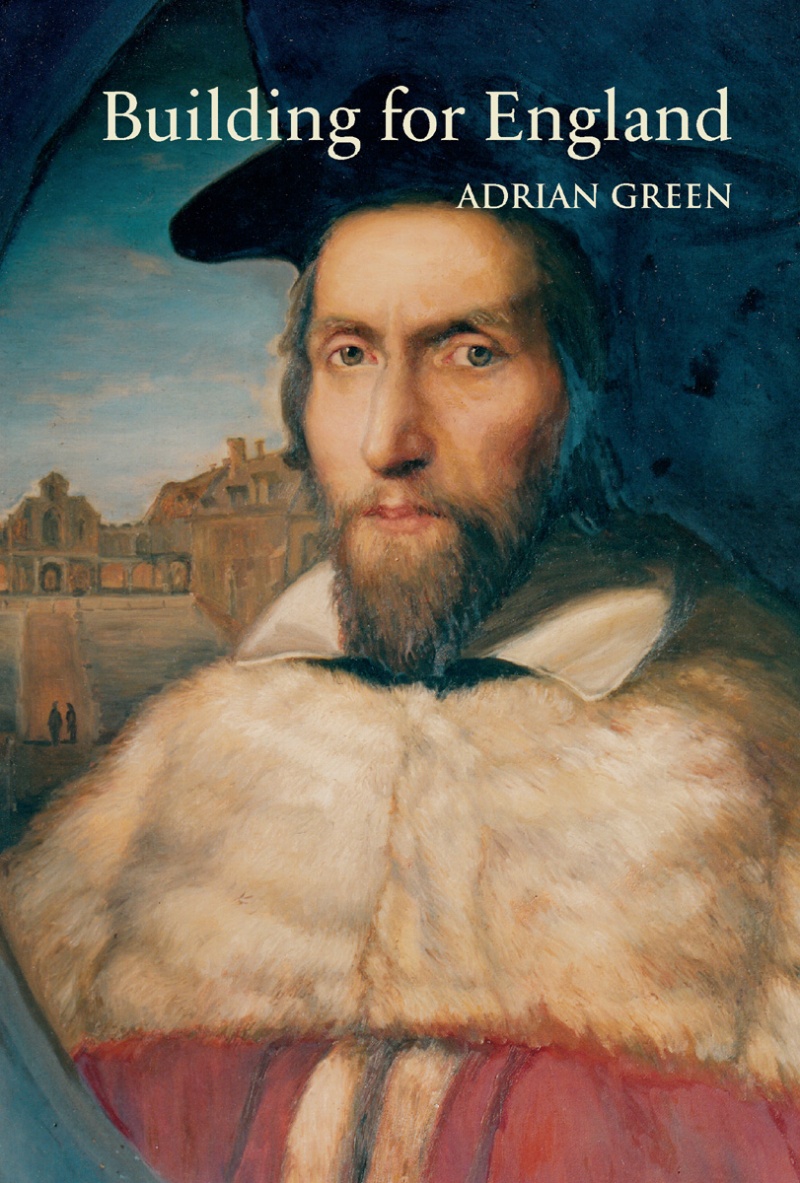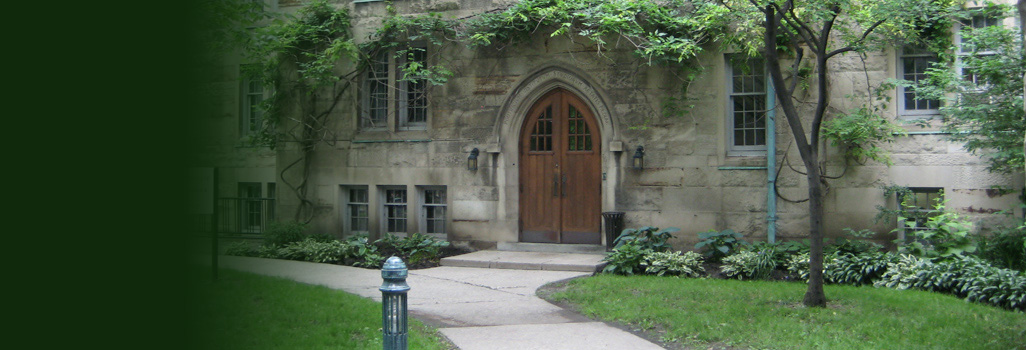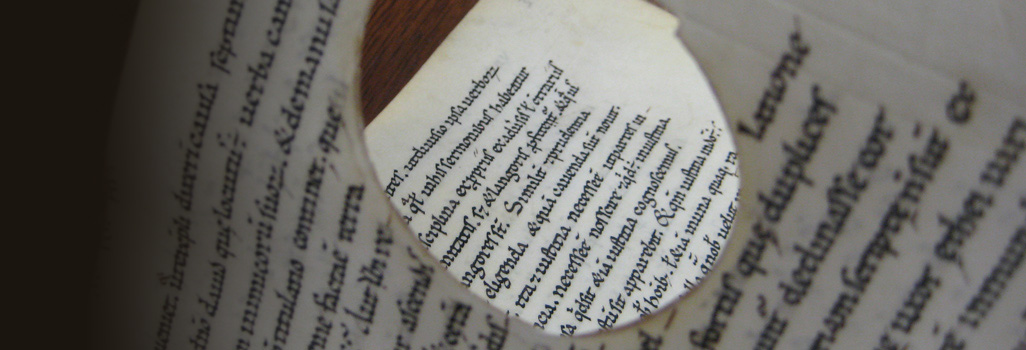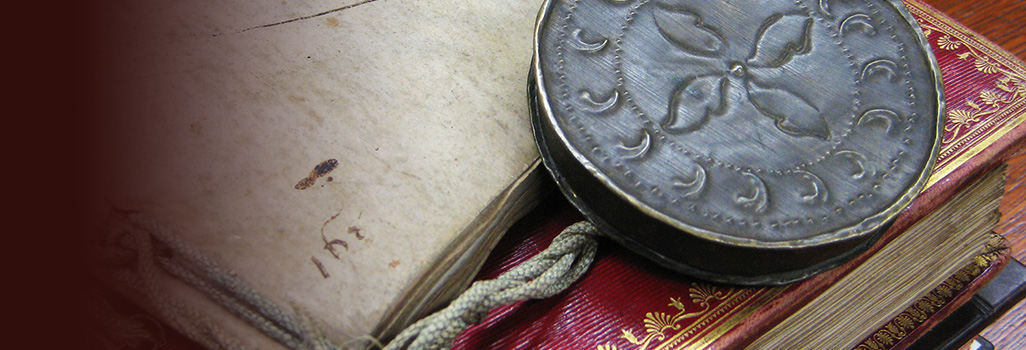
Building for England: John Cosin’s Architecture in Renaissance Durham and Cambridge
DMRME 4. xviii+152 pp. plus 26 plates. 2016. ISBN 978-0-88844-863-7 • Cloth • $85
Setting the architectural patronage of John Cosin (1595–1672) in the context of his ambitions for the English Church, this volume argues that his architecture sprang from a national impulse for the greater glory of England and embodies his theology of free will and authoritarian ideology.
Cosin, a leading cleric in seventeenth-century England, rode the changing tides of preference under James I and Charles I, endured exile during the Interregnum, and finally became Bishop of Durham at the Restoration. Inspired by the architecture of Dr. Caius at his undergraduate college in Cambridge, and encouraged by his patron Richard Neile, Cosin developed an appreciation for the architecture of the English Church. Under Bishop Neile, Cosin became a prebend of Durham Cathedral and Rector of Brancepeth in the Bishopric of Durham during the 1620s, as well as master of Peterhouse and vice chancellor at Cambridge University during the 1630s. Cosin spent the years 1643 to 1659 in exile in Paris before returning to become Bishop of Durham from 1660 until his death in 1672. Actively involved in church architecture, Cosin devoted himself to promoting the “beauty of holiness” programme so important to the English Arminian clergy, from the 1620s through to the 1670s. Cosin also rebuilt his Rectory at Brancepeth in the 1620s and remodelled Durham and Auckland episcopal palaces in the 1660s. As Bishop, Cosin created an episcopal library at Durham emulating the libraries of the Italian and French prelates, Cardinal Borromeo in Milan and Cardinal Mazarin in Paris. Cosin also laid out gardens at Durham and Auckland Castles, rebuilt Durham’s county court, bishop’s almshouses, and schools on Palace Green, and directed the rebuilding of Durham’s town hall and alterations at Durham Cathedral. John Langstaffe, master mason, executed the work at Durham, and drawings by Cosin and Langstaffe illuminate the patron–craftsman relationship, as does Cosin’s surviving correspondence and the documentation for his craftsmen.
Author
Adrian Green studied History at Jesus College, Oxford, and Archaeology at Durham University. His doctorate focused on the social history of housing in northern England between 1570 and 1730. Since 2000 he has been Lecturer in History at Durham University. His research focuses on the relationship of architecture to society in England between the sixteenth and eighteenth centuries. He has published on the social history of housing, ranging from pauper cottages to gentry houses and bishops’ palaces. He has also produced editions of the Hearth Tax and written on aspects of economic, social, and cultural history, particularly of north-east England, and is completing a book entitled Dwelling in England: Houses, Society and the Market, 1550–1750.
Endorsements
“Wherever the seventeenth-century churchman John Cosin held office, he introduced new furnishings and decorations to enhance the setting of worship. Such were the distinctiveness and exuberance of his innovations that he left a permanent mark on the places where his authority ran. Cosin was an exponent of the ‘beauty of holiness’ who was convinced that the Lord should be worshipped in splendour and with ceremonies, and who had the means to realise his beliefs in many places over forty years. All of his work was aimed at enforcing a certain mode of worship in conjunction with an elaborate liturgy. In 1635 he extended his operations to Cambridge when he became Master of Peterhouse, and set about furnishing the new college chapel. After the Restoration he became Bishop of Durham, wealthy enough to create a magnificent interior in the episcopal palace at Bishop Auckland and make a memorable reconstruction of Durham Castle. Adrian Green’s book is the first thorough assessment of Cosin’s achievements. He surveys all of Cosin’s ecclesiastical work, explaining how it was related to his doctrinal beliefs and to pre-Reformation modes of worship. The book considers Cosin’s likely intentions in his choice of styles, and places his work in the context of the vigorous High Church movement before and after the Civil Wars. The reader of Green’s study should experience an ecclesiological revelation!”
Graham Parry, University of York
Reviews
“Cosin was sometimes accused of over-building, and there is some truth in this, though posterity has many reasons to be grateful for his zeal. Green argues quite persuasively, however, that his activities should be seen as local contributions to a national endeavour to strengthen the authority of the Church at a time when confident new leaders were emerging. These men were offering a new liberal theology, dignified, formal modes of worship in settings of some splendour, and imposing tighter discipline on congregations. The Laudians were overthrown by the civil war, but they returned with the Restoration, and effectively took control of the Church. Their task was made easier by the separation of the nonconformists from the national Church. Never before have Cosin’s building schemes been so thoroughly investigated and explained. Adrian Green has given them a context, produced a chronology for these numerous works, identified craftsmen and designers, traced sources for designs, and understood many of the signals they send forth. This is a most illuminating and thought-provoking book, that brings forward John Cosin as one of the shapers of the seventeenth-century Church. Whether you accept that he was ‘Building for England’ or believe that he was primarily driven by a personal obsession to renovate, restore and create beautiful settings for worship remains an open question. But Cosin rightfully merits the recognition he receives here.” — Graham Parry, for Journal of the Northern Renaissance (2017)
Ordering
Customers in North America please order through University of Toronto Press Distribution by phone (1-800-565-9523) or by email (utpbooks@utpress.utoronto.ca). If you would like to order through UTP Distribution using another method such as mail or fax, please click here for a full list of contact and ordering methods. PIMS books are also available on Amazon.ca (for Canadian customers) and Amazon.com (for customers in the U.S.).
Customers outside North America please order through Brepols Publishers. PIMS books are available through the Brepols online catalogue.


